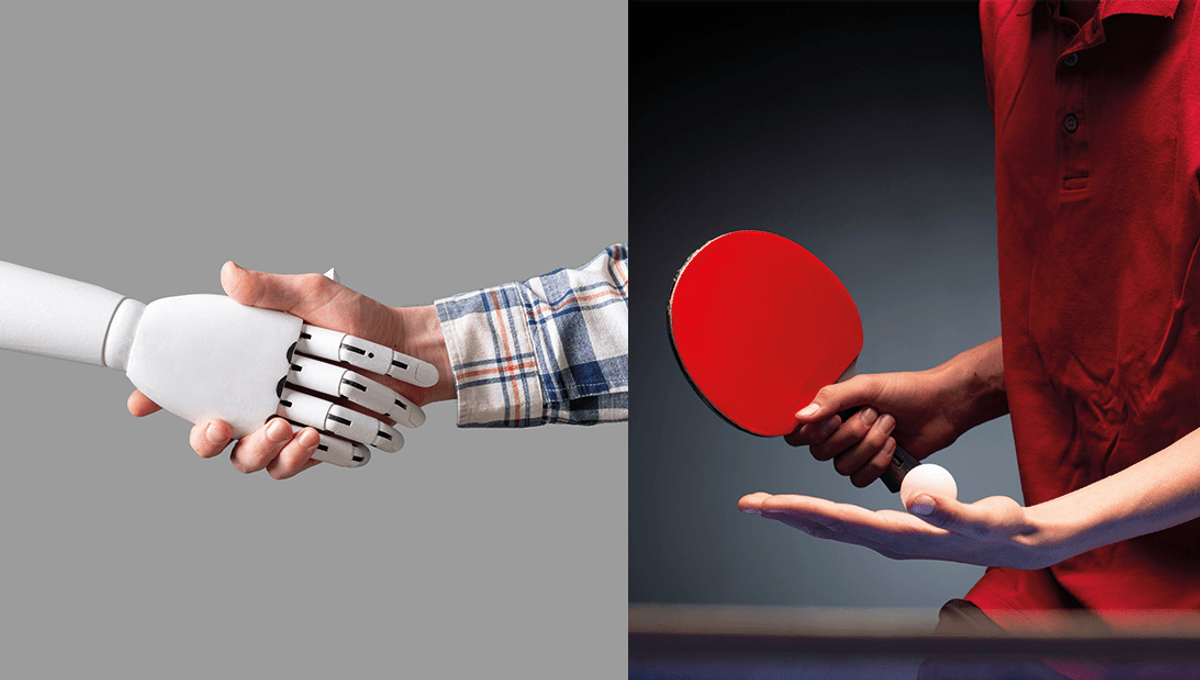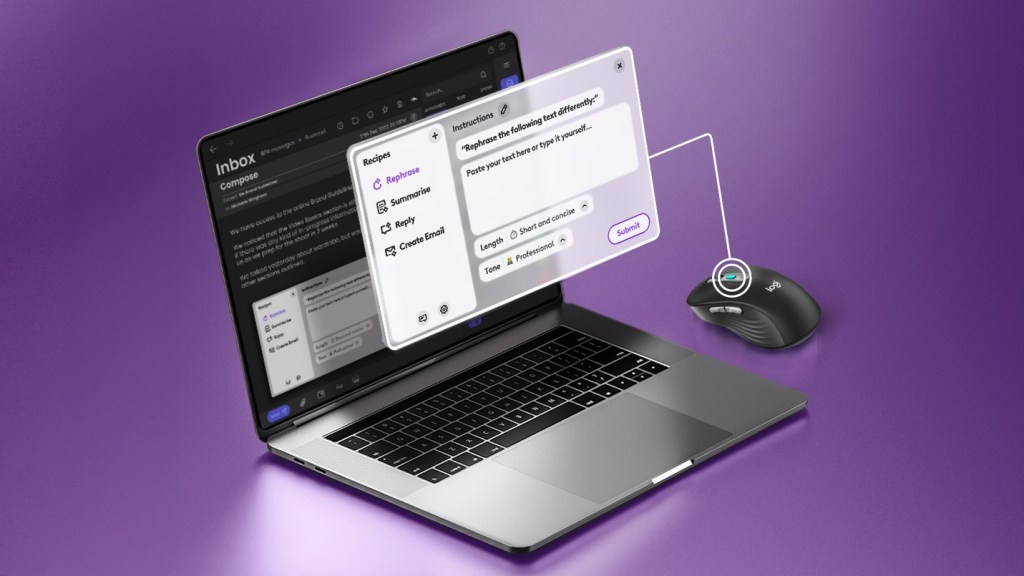Advertisement
From the terrifying visages of robotic faces to the collaborative efforts of mechanical snails, and even the now-retired Atlas, the world of robotics never ceases to amaze us. Yet, there are still many human abilities that robots have yet to master.
Engineers are tirelessly working to create machines that can replicate human speed and performance in physical tasks. The latest breakthrough comes from DeepMind, who have developed a robot capable of playing table tennis.
“Table tennis matches are often a thrilling spectacle, requiring complex movements, quick eye-hand coordination, and strategic planning to exploit the opponent’s weaknesses,” the team explains in their new preprint, which is yet to be peer-reviewed. This makes table tennis a more challenging game for robots compared to strategy games like chess, which robots have already mastered with varying degrees of success.
It takes human players years of practice to hone their skills. The DeepMind team aimed to create a robot that could not only compete with human players but also provide an enjoyable gaming experience. They believe their robot is the first to achieve these goals.
The team developed a library of “low-level skills” and a “high-level controller” that selects the most effective skill for each situation. The skill library includes various techniques used in table tennis, such as forehand and backhand serves. The controller uses these skill descriptions, along with data about the game’s progress and the opponent’s skill level, to choose the best skill within its physical capabilities.
The robot began with a small amount of human data and was trained through simulations, using reinforcement learning to improve its skills. Playing against humans allowed it to continue learning and adapting. Check out the video below to see how it performed.
“It’s truly awe-inspiring to watch the robot play against players of all levels and styles. Our goal was to create a robot with an intermediate skill level, and we achieved just that. The results exceeded even my expectations,” said professional table tennis coach Barney J. Reed, who assisted with the project.
The team organized competitive matches, where the robot played against 29 humans with skills ranging from beginner to advanced+. The matches followed standard rules, with one exception – the robot was not physically capable of serving the ball.
A victory for the robot…
…and a defeat.
The robot won all matches against beginners, but lost to advanced and advanced+ players. Against intermediate players, it won 55 percent of the time, leading the team to conclude that it had achieved an intermediate human skill level.
All players, regardless of their skill level, found the matches enjoyable and engaging. Even when they exploited the robot’s weaknesses, they had fun doing so. The advanced players believed that such a system could be a better training aid than a ball thrower.
While we may not see a robotic team at the Olympics anytime soon, this table tennis-playing robot certainly shows promise as a training aid. As for what the future holds for robotics – only time will tell.
The preprint is available on arXiv.







